Why has the air-source heat pump been chosen as the clean energy solution for both rural and urban areas?
Let’s look at its features.
As the heating market expands and the demand for clean energy grows, options like wind, hydro, solar, air, geothermal, and biomass energy are all environmentally friendly and can be used in heating projects. However, in addition to being clean, practicality must also be considered. This is why air-source heat pumps stand out among many heating devices and have become the primary choice for “coal-to-electricity” projects. What makes them so outstanding?
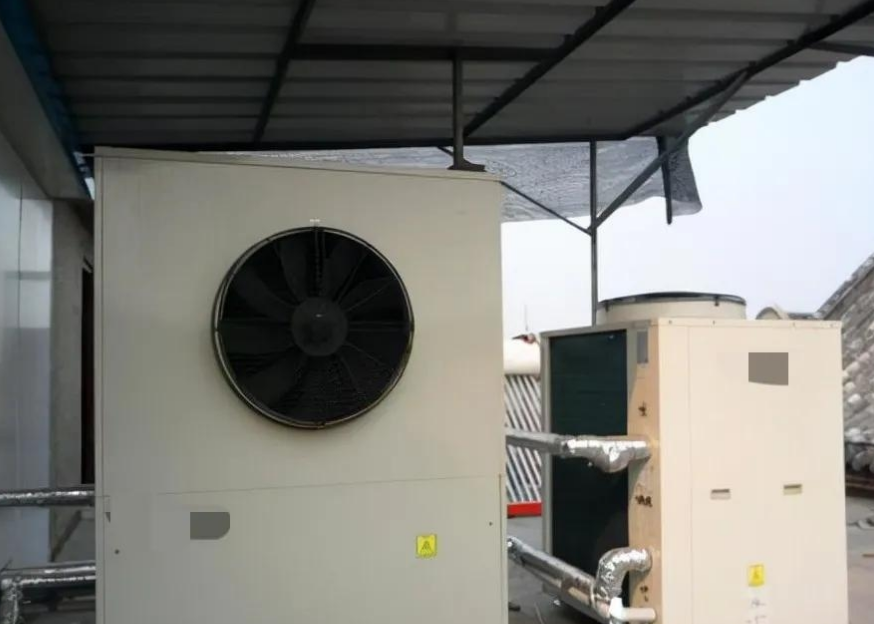
1.Energy saving and cost-effective
Air-source heat pumps use low electrical power to drive a compressor, which absorbs heat from low-temperature air and converts it into the high-temperature heat needed indoors. Unlike ordinary air conditioners, the heat pump unit incorporates enhanced vapor injection technology, with a coefficient of performance (COP) exceeding 3.0 and approaching 4.0. At room temperature, consuming 1 kw of electricity can transfer 3–4 kW of heat—rather than directly generating 1 kw of heat from 1 kw of electricity. Compared with direct electric heating, this can save 50%–75% in costs. Under the same conditions, it saves two-thirds of the electricity bill compared with air-conditioner heating and half compared with gas boiler heating.

2.Safe and environmentally friendly
Air-source heat pumps use electricity as an energy source and are a form of new, clean energy. During operation, they do not produce any polluting gases or solids and are harmless to the environment. Outdoors, they use the new, eco-friendly refrigerant R410a as a heat transfer medium, which is harmless to the ozone layer. Indoors, water is used as the heat transfer medium, which is safe for human health. Therefore, the entire operation of an air-source heat pump is environmentally friendly and safe. Since it does not use gas, coal, or oil, there is no open flame, eliminating safety hazards such as fire, explosion, poisoning, and electric shock. Additionally, the heat pump unit features safe water–electricity separation technology, further enhancing safety.
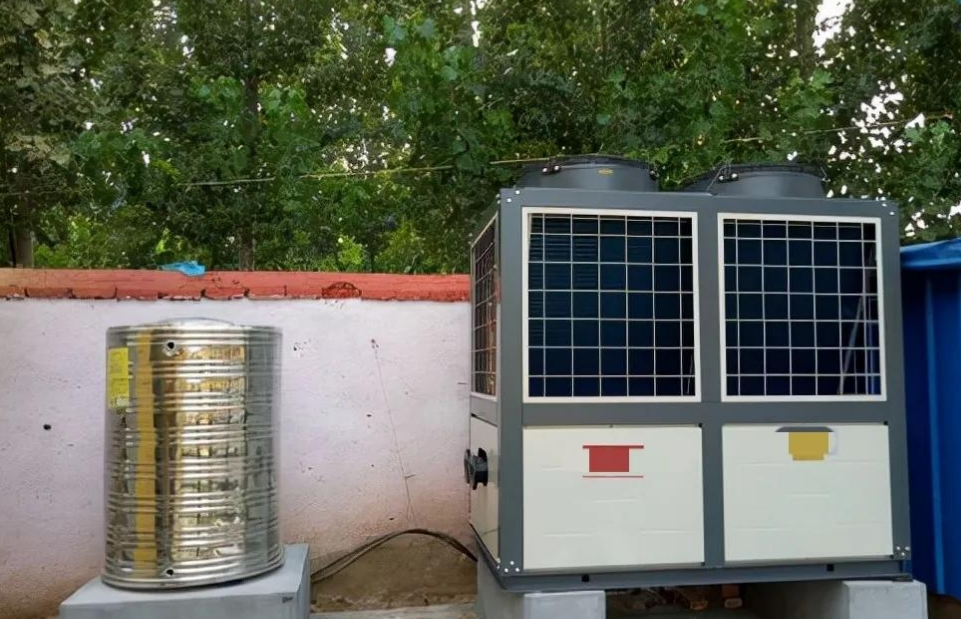
3.Comfortable experience
Indoor heat transfer in air-source heat pumps operates with water as the medium, which can be heated to 35℃–60℃ or cooled to 0℃–10℃. Therefore, air-source heat pumps can be connected to fan coil units for summer cooling and to underfloor heating or radiators for winter heating. Fan coil units can also provide heating, but their comfort is much lower than that of underfloor heating. When cooling, the air outlet temperature of the fan coil unit is between 15℃–20℃, maintaining a small temperature difference with the room, and the air flow is gentler with less impact on humidity, providing a more comfortable cooling experience. When heating, using underfloor heating as a more comfortable heat dissipation terminal results in uniform indoor temperature, no noise, no dust, no dryness, and can help prevent health issues in the elderly, offering a comfortable “warm feet, cool head” sensation.
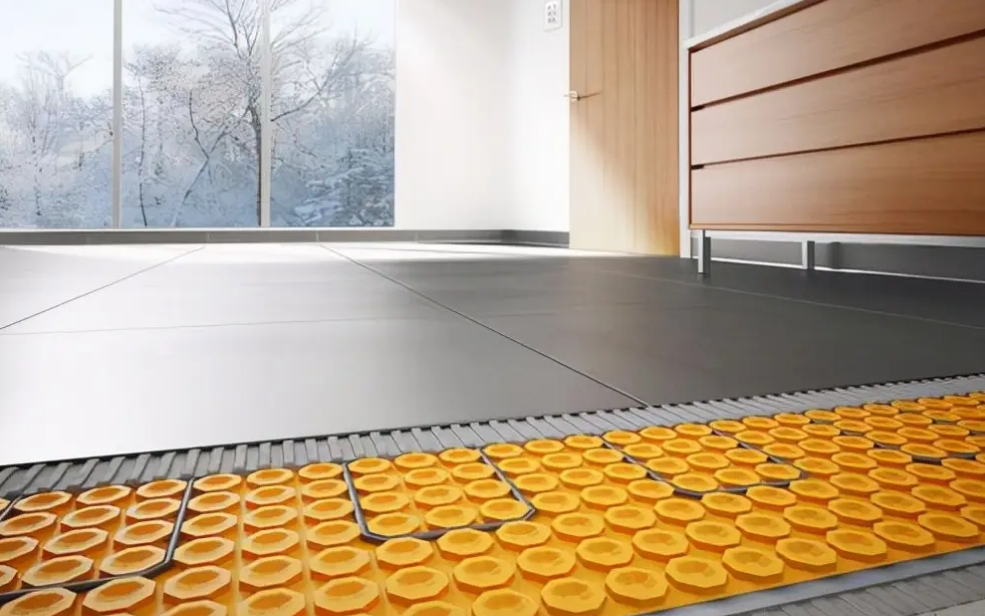
4.Strong adaptability
Air-source heat pumps mainly rely on electrical resources. With the implementation of projects such as “West–East Power Transmission” and “South–North Water Transfer,” China has abundant electrical resources and relatively low electricity prices, giving air-source heat pumps a wide range of applications. Compared with solar heating, solar energy is energy-efficient and practical in areas with abundant sunlight, but it is affected by weather and environmental conditions. In places with poor winter sunlight, solar heating still needs to rely on electricity to drive heating, resulting in higher energy consumption. Compared with air-conditioner heating, air conditioners can withstand temperatures above -5℃ and will shut down at lower temperatures, making them unsuitable for northern regions with low temperatures. In contrast, with the addition of enhanced vapor injection technology, low-temperature air-source heat pumps can operate in environments as low as -25℃; in southern regions, ordinary-temperature air-source heat pumps are sufficient. Compared with gas boiler heating, natural gas is a non-renewable petrochemical resource—the scarcer it becomes, the more expensive it is. Moreover, laying gas pipelines in rural areas requires a long time and significant capital investment. The combustion of natural gas also pollutes the environment and carries the risk of poisoning if gas handling is improper.

5.Stable operation
Air energy is obtained from the air, so the heat source is continuous, ensuring a stable supply of heat indoors. The carrier for indoor heat circulation is water, which has a high specific heat capacity and strong inertia, allowing it to store heat for a long time and thus ensuring stable underfloor heating performance. During winter operation, intelligent defrosting technology ensures that the heat pump unit can continuously provide heat to the room, maintaining the desired temperature.
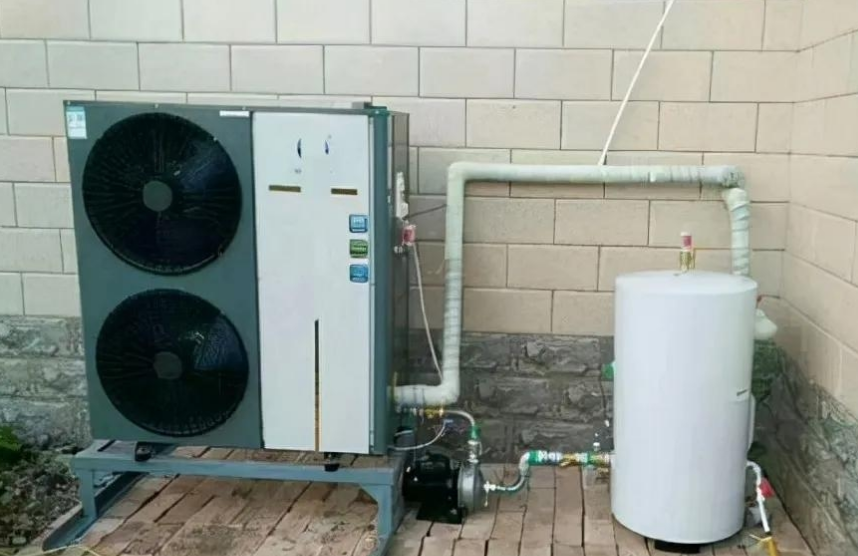
6.Durable and reliable
Air-source heat pump equipment uses thickened steel plates and brand-name compressors, with a designed service life of over 15 years. Indoor fan coil units and heat pump hosts are replaceable; even if a problem occurs, water system equipment with the same power can be found as a replacement, extending the overall service life of the system. The pipelines from outdoors to indoors use PE-X and aluminum-plastic pipes with slip-tight connections, which are firm and reliable with an extremely low leakage rate, and an effective service life of up to 50 years. Indoor underfloor heating coils use PE-RT pipes with a service life of 50 years.
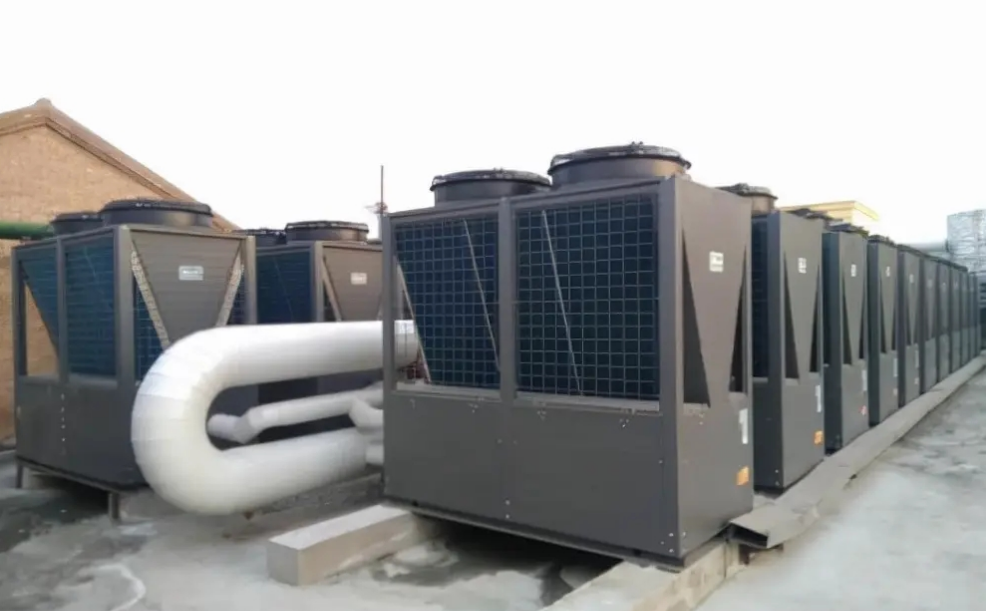
7.Convenient and intelligent
Air-source heat pumps have a built-in microcomputer control system. After installation and commissioning, once the data parameters are set, the heat pump host can automatically perform pressure-less water replenishment, heating, power-off, pressure relief, temperature increase, and temperature decrease based on outdoor and indoor temperature conditions, without the need for manual adjustment. Additionally, air-source heat pumps can be integrated into the whole-house intelligent system, allowing remote control of the heat pump host’s start and stop and temperature adjustment, making them convenient for the elderly and children at home to use.

Summary
Air-source heat pumps offer energy efficiency, safety and environmental friendliness, comfort, strong adaptability, stable operation, durability, and intelligent convenience. They also meet the “coal-to-electricity” requirements for environmental protection and energy saving, thus playing an important role in the implementation of northern China’s “coal-to-electricity” policy. Thanks to these distinct advantages, air-source heat pumps will continue to be widely adopted for household heating in more cities and rural areas in the future.

